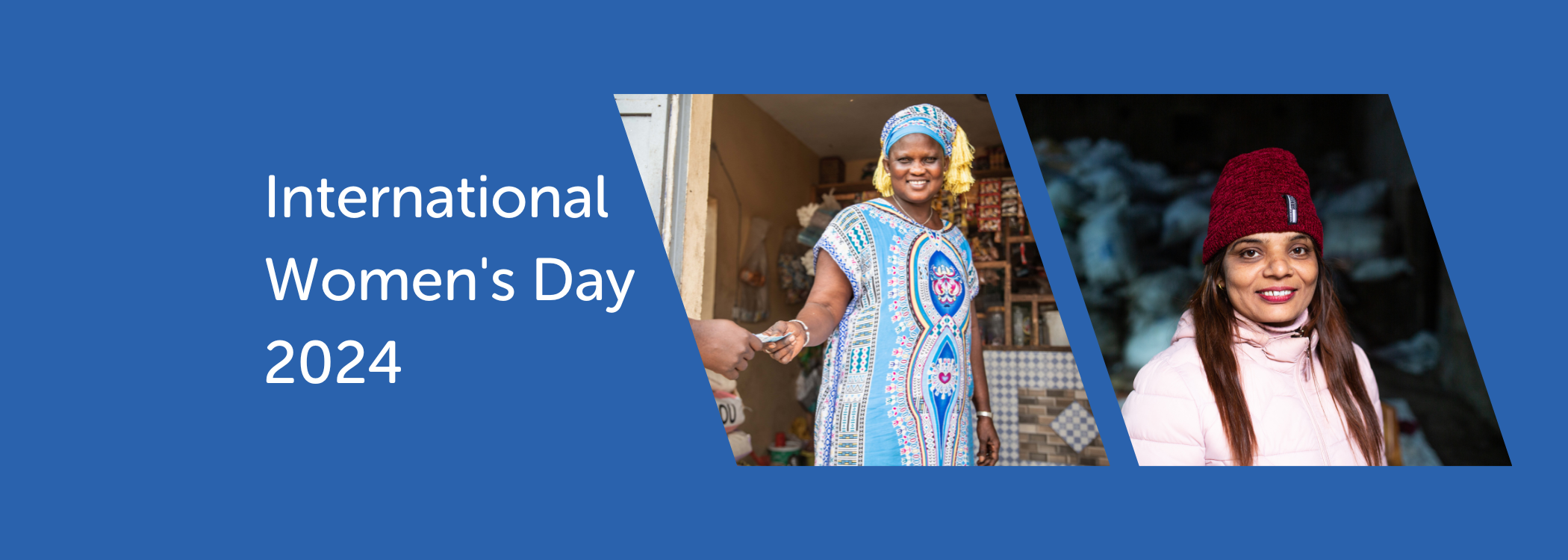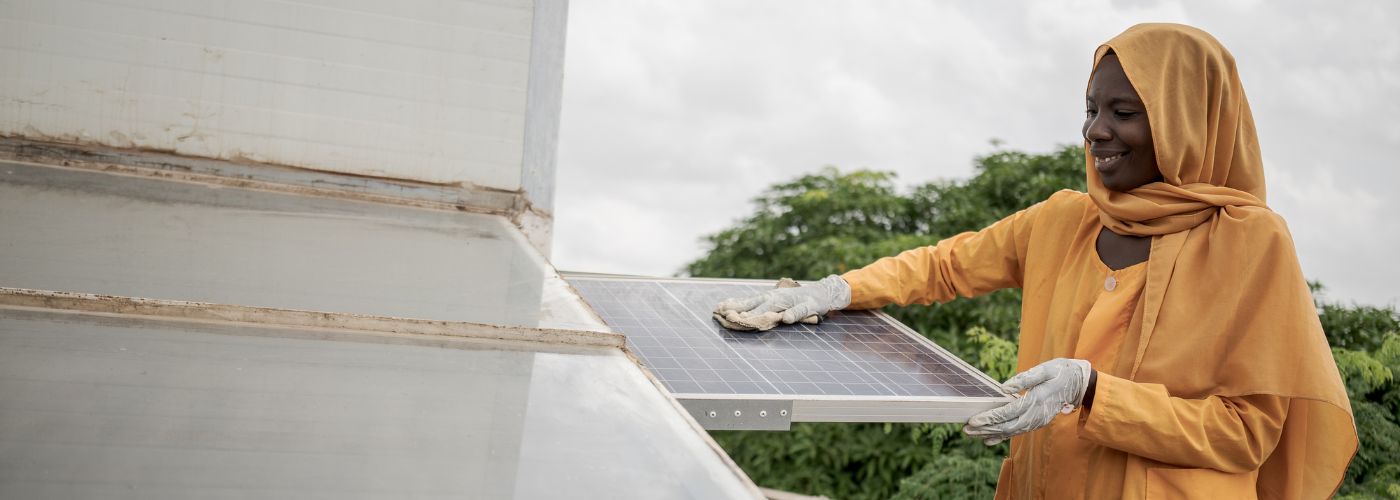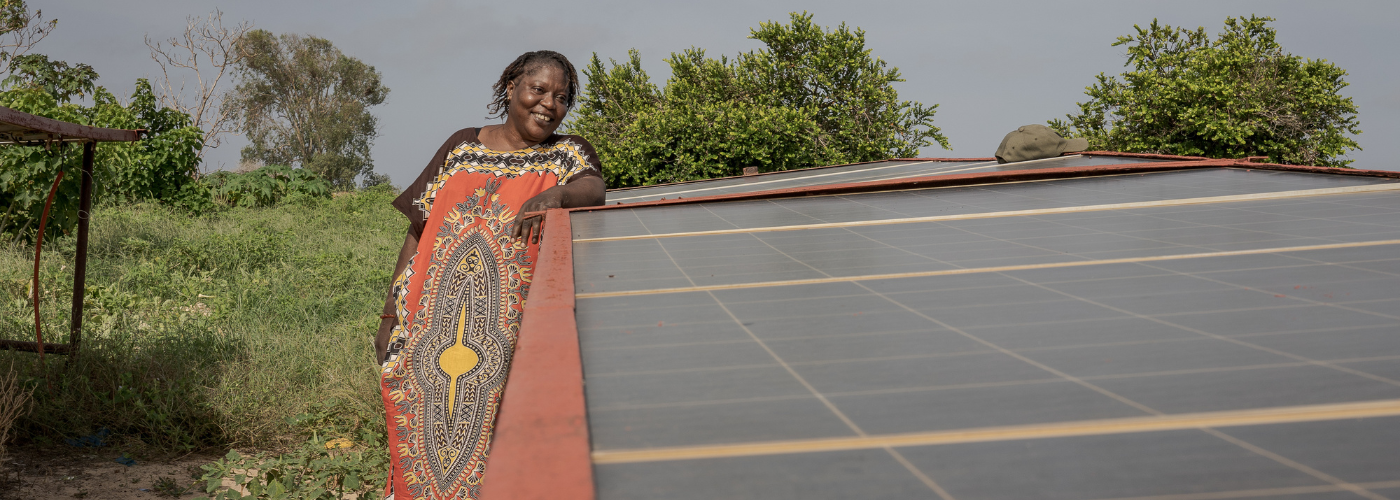Asia-Pacific has witnessed an unprecedented progress in terms of electrification. Between 2012 and 2014, more than 93 million people gained access to electricity. Yet, the rural-urban divide and other critical gaps in energy access remain. They were discussed at the Asia Clean Energy Forum 2017 within the Increasing Energy Access thematic track, which was co-chaired by our Women’s Economic Empowerment Programme Coordinator Soma Dutta. This post brings some highlights from her closing remarks.
Clean cooking as a blind spot
Access to clean cooking continues to be a major gap area. More than two-thirds of the world’s population without access to clean cooking in 2014 lived in Asia-Pacific. Reasons for this include limited awareness of health impacts of traditional biomass use for cooking and opportunity cost of potential time saved in fuel collection, among others. There is also the significant issue of policy commitment at the national level. While we have 42 countries in the region with energy access targets, those targets are almost entirely in electricity. There are only a handful of countries that have policy commitments, and more importantly, targets and investments backing them, for clean cooking.
Who are the people without access?
On the whole, we are lagging behind and unlikely to meet the universal energy access targets by 2030. It is important to characterize those without access. So – who are the 421 million people in the region without it?
The low hanging fruits in energy access have been plucked. What is left is the rural, remote, poorest and socially disadvantaged whose energy needs are far from being met. However, the last mile definition today also includes the un-served people in urban areas, in informal settlements, and their numbers are rapidly rising. Indeed, by 2026, more than half of Asia’s population will be in urban areas, but the infrastructure is not keeping pace with urbanization. Those without access are also those without resources – and these resources are not just financial, but also have to do with skills, capabilities and social collateral.
The need for scaling up
Another recurring theme during the discussions was that of scale. We heard about several great business models that have been experimented with at the last mile, including SIMPA, Gham Power, SELCO, SEWA, ENERGIA, USAID’s work in India with MFI, and Sri Lanka policy initiative of covering access costs. However, the reach of these innovative business models has mostly remained small.
It is clear that in energy access, there can be no linear scaling up, or simply multiplying strategies to get to larger numbers, as each location and each community is different, with different energy requirements, community structure and dynamics, purchasing power, and access to markets etc. Every single other element has to be customized each time you do energy access: the repayment scheme for a solar home system credit; the repair and maintenance set up, the community engagement process; the way to use the government machinery etc.
Nonetheless, the need for scaling up cannot be overlooked. Scale-up happens in at least two ways: helping people use energy services more meaningfully, or in ways that help them extricate themselves from poverty; and reaching more and more people with energy access.
What do we need energy for?
There was a fairly unanimous agreement during the Energy Access sessions that we need energy for the service it provides: for generating income and for social services. There are many examples of the wonderful benefits energy can achieve, but the evidence shows that they are not always reached. Access is more than provision of a simple connection, and a cookstove is not equivalent to energy access.
In the Asia-Pacific region, the access question is not how to bring electricity and ensure clean cooking to more people. Rather, the question is how to reach energy access in a socially just manner and how to help communities to maximise the gains from energy access.
The way ahead
Do not overlook clean cooking in policies and investments
Both clean cookstoves, and liquid fuels for heating and cooking – must be a core element of the energy access agenda. This is one area where ADB can lead by example: Launch a large, multi-country, cooking energy programme, which should assist countries to frame the correct policies; establish a conducive enabling environment, including regulations and standards (including their enforcement), connect the dots for financing; and highlight the importance of access issues.
Use the opportunity of NDCs for expanding energy access as a co-benefit
We need to integrate the energy access actions within the NDCs, otherwise we will miss the boat. How do we, for example, integrate the climate mitigation policies (with focus on clean energy) with the present, large emphasis on LPG for the poor?
Place communities at the centre
The main barriers to delivering energy access to the last mile are affordability and accessibility. Technology is just one part of the equation. Solutions must be demand-driven. Communities must be viewed as partners and integral part of the designing and thinking through of the solutions. An example of an appropriate solution is the Pay-As-You-Go model. It features low down payments, customer choice as to the amount of energy they want to buy and after one to three years they get ownership of the systems.
De-risk energy access work at the last mile
There are a whole set of actions that are needed to de-risk energy access work at the last mile. A good start would be working very closely with the mainstream financial sector and developing loan products that are aligned with the needs of the energy poor (such as payment terms linked to cropping patterns instead of monthly/ annual payments and group collateral). It is important to understand the risk-return expectation of investors, build pipelines of sustainable enterprises/entrepreneurs, making a market case for them, link loans to productivity.
Invest in women and other local community members as energy entrepreneurs
This is a growing area, and the number of organisations working in this space has been on the increase. This truly has the potential to play a central role in expanding energy access, and it must be promoted. Experience demonstrate that women and their institutions are uniquely positioned to play a critical role to bridge the gap at the last mile.
Base actions on evidence instead of assumptions
What are the benefits of energy access? How to enhance those through improvement of energy supply organization and inter-sectoral cooperation? We need the building of knowledge and insights on factors that influence the potential benefits of energy supply and translating those into policy and strategies for practice.
You may also be interested in the following posts related to the Asia Clean Energy Forum:
- The pre-ACEF interview with Soma Dutta on some of the central themes of the Energy Access track
- Examples of how our partners are trying to break down barriers in clean energy entrepreneurs’ access to finance
- Reaching the last mile in the extremely energy poor Asia-Pacific
- A short report from the Energy access leaders and voices from the grassroots session
- Highlights from the Deep Dive workshop on Global Tracking Framework (GTF) and Energy Access and Gender Research we co-organized











Follow us on: